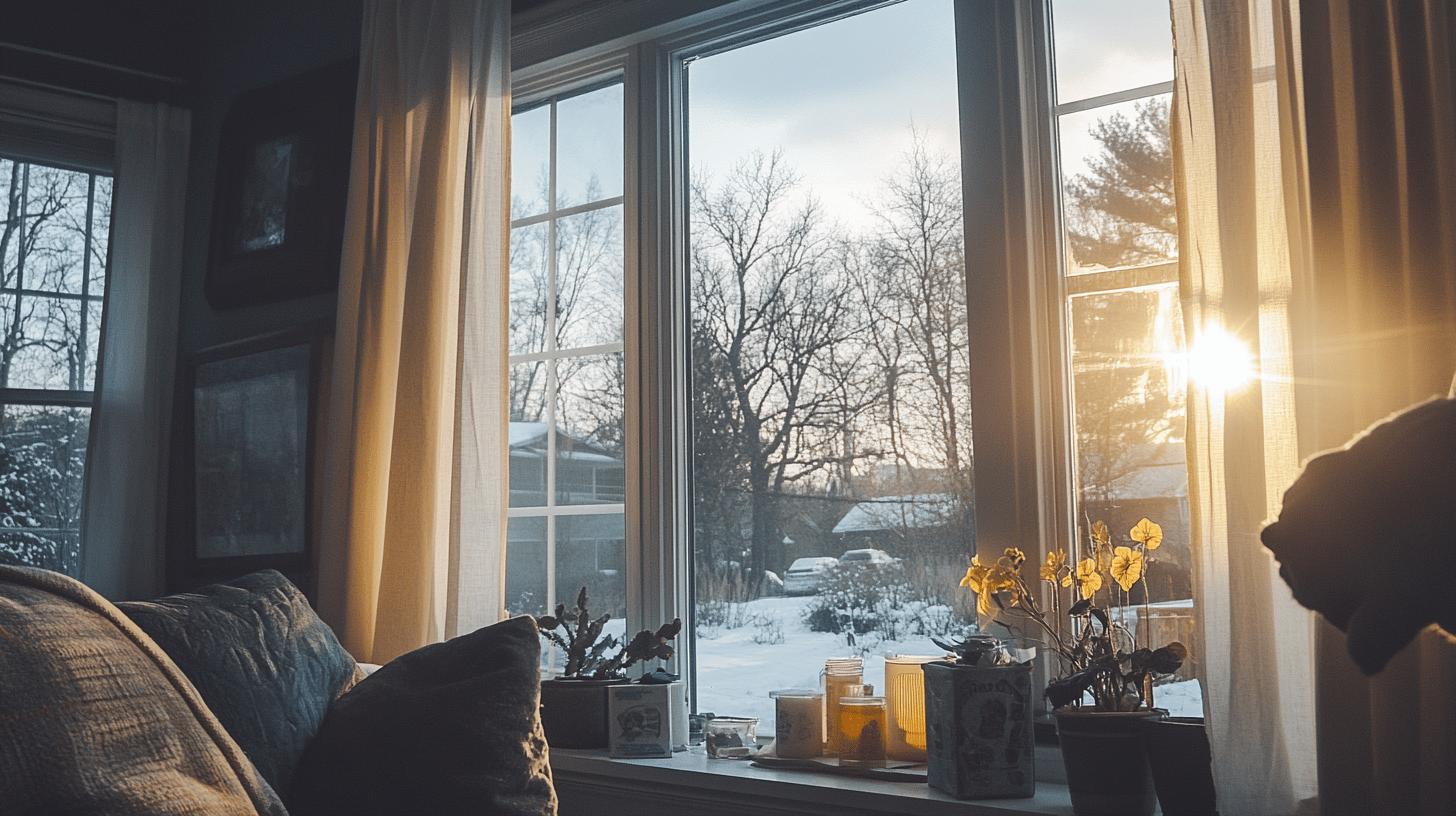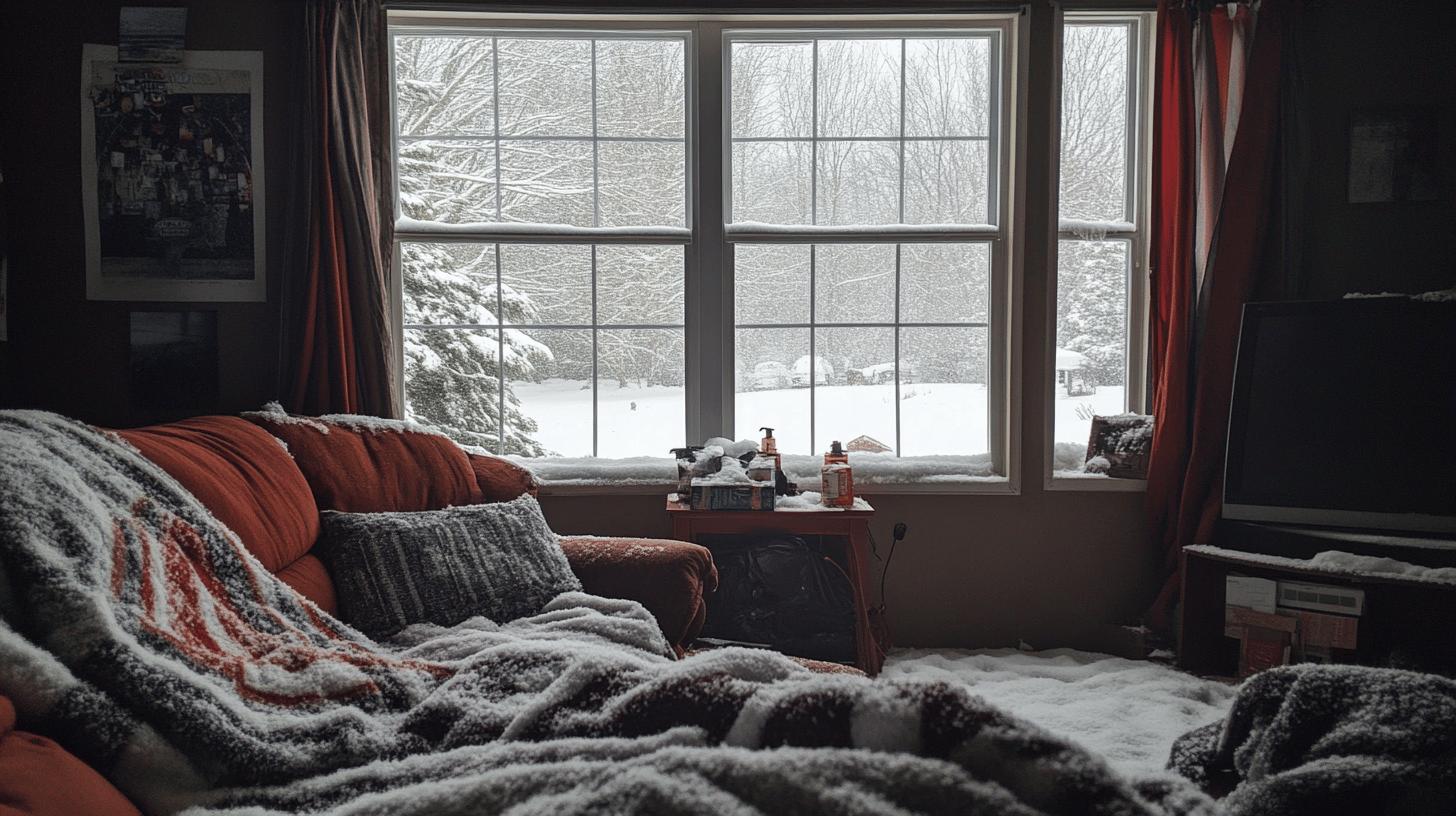TL;DR:
- Winterizing your home is essential for safety and comfort.
- 10-step winterization checklist:
- Inspect heating system.
- Seal drafts.
- Insulate attic.
- Wrap pipes.
- Clean gutters.
- Disconnect outdoor hoses.
- Check roof.
- Trim branches.
- Test detectors.
- Stock winter supplies.
- Insulate windows and doors to prevent heat loss using weatherstripping, caulk, and plastic kits.
- Protect plumbing with foam insulation and heat tape.
- Affordable insulation options include window film and weatherstripping (cost-effective).
- Consider professional help for inspections and comprehensive maintenance services to ensure safety and efficiency.
Winter is coming, and keeping your home safe and cozy should be at the top of your list. Are you ready to handle the cold? Winterizing your home isn’t just a good idea—it’s a must. This guide covers 10 key steps to make your home more energy-efficient, cut heating costs, and stay comfortable all season. Ready to turn your space into a warm, cost-saving haven? Let’s get started!
Essential Home Winterization Techniques
Getting your home ready for winter is key to staying safe and comfortable when the cold hits. Winterizing protects your house from snow, ice, and freezing temperatures, helping you avoid costly damage. It’s not just about comfort—it also keeps your home in great shape for years to come.
Here’s a 10-step checklist to help you prepare for winter:
- Inspect and clean the heating system for efficiency.
- Seal drafts around windows and doors with weatherstripping or caulk.
- Insulate the attic to prevent heat loss.
- Wrap pipes with foam insulation to stop freezing.
- Clean gutters and downspouts to avoid ice dams.
- Disconnect and store outdoor hoses.
- Check and fix roof damage to prevent leaks.
- Trim branches to prevent storm damage.
- Test smoke and carbon monoxide detectors.
- Stock up on winter supplies like salt for icy walkways.
Winterizing your home has tons of perks. It saves energy by cutting heat loss, which means lower heating bills. Fixing weak spots also helps you avoid expensive repairs and keeps your home cozy all season. With the right prep, you can enjoy a stress-free and warm winter.
Insulating Windows and Doors for Winter

Sealing windows and doors is key to keeping your home warm. They’re common spots for cold air to sneak in and heat to escape, which can spike your heating bill. Adding insulation helps trap the heat, keeping your home cozy and energy-efficient.
Materials and tools needed:
- Weatherstripping
- Caulk and caulking gun
- Plastic window insulation kits
- Storm windows
- Draft stoppers
- Utility knife
Steps to Insulate Windows and Doors
- Install Weatherstripping: Apply around window and door frames to seal gaps.
- Use Caulk: Fill cracks around frames with caulk for an airtight seal.
- Apply Plastic Kits: Attach to windows for a thermal barrier against heat loss.
- Install Storm Windows: Add for extra insulation if your windows are older.
- Place Draft Stoppers: Block cold air under doors.
- Trim Excess Material: Use a utility knife for a neat finish.
Follow these steps to improve insulation, keeping your home warm and energy-efficient.
Protecting Plumbing from Freezing
Frozen pipes can be a big problem, leading to bursts, water damage, and expensive repairs. Since water expands when it freezes, it can crack pipes and cause leaks. To avoid this, protecting your plumbing is a must in winter. Insulating pipes is an easy way to prevent freezing and keep your system running smoothly.
Ways to insulate pipes:
- Foam Insulation: Wrap pipes with sleeves for protection.
- Heat Tape: Apply to vulnerable pipes, keeping them warm.
- Pipe Insulation Wrap: Use for pipes in unheated areas.
- Disconnect Hoses: Store them to prevent freezing.
Professional plumbers make sure your pipes are ready for winter. They know how to spot problem areas and use the best insulation to keep pipes from freezing. Their expertise saves you stress and helps prevent costly repairs.
Affordable Insulation Options for Winter

Insulation is key to saving energy, staying cozy, and cutting heating costs. It keeps warm air inside and cold air out, reducing strain on your heating system.
If you’re on a budget, try window film for single-pane windows—it’s easy to install and improves heat retention. Add attic insulation to prevent heat from escaping through the roof. Weatherstripping is another cheap fix for sealing drafts around doors and windows.
Here’s a comparison of affordable insulation:
| Insulation Type | Cost | Effectiveness |
|—————–|———|—————|
| Window Film | Low | Moderate |
| Attic Insulation| Moderate| High |
| Weatherstripping| Low | High |
| Pipe Wrap | Low | Moderate |
These options improve energy efficiency without high costs. Investing in them now enhances comfort and saves on bills.
Professional Help for Winterizing Your Home
Hiring professionals for winterization is a smart choice, especially if you’re short on time or tools. They know how to find problem areas and provide complete protection. Experts, like Minnesota Exteriors, offer detailed inspections and accurate estimates, helping you avoid expensive repairs. Their work improves energy efficiency, extends system life, and saves you money on heating bills.
Key services professionals offer:
- Heating System Checks: Full inspections for efficient, safe operation.
- Roof and Gutter Inspections: Address potential leaks or ice dams.
- Plumbing Protection: Insulate pipes to avoid freezing.
- Draft Sealing: Seal drafts to conserve heat.
- Chimney Maintenance: Inspect and clean for safe use.
These services protect and enhance home comfort and energy efficiency during winter.
Final Words
Now that you’ve explored different ways to winterize your home, you’re ready to tackle the cold months ahead. Simple tasks like insulating windows, protecting your pipes, and using budget-friendly insulation options can make a big difference. Hiring professionals can also ensure your home stays warm and secure all winter. These steps not only improve energy efficiency but also help you save on heating costs. With this knowledge, you’re all set to keep your home cozy, safe, and prepared for the season!
FAQ
How can I winterize my house cheaply?
Winterizing your house cheaply can be achieved by sealing drafts around doors and windows, adding weatherstripping, using window film for insulation, installing a programmable thermostat, and adding insulation to critical areas.
How do I properly winterize my house?
Properly winterizing involves insulating pipes, sealing drafts, cleaning gutters, performing HVAC maintenance, and checking the roof for leaks. These steps enhance the home’s energy efficiency and safety during winter.
What is a winterizing a house checklist?
A winterizing house checklist includes sealing drafts, insulating pipes, clearing gutters, checking the heating system, and covering outdoor faucets. These tasks prepare your home for harsher winter conditions.
How to winterize a vacant house?
To winterize a vacant house, drain all water lines, shut off and insulate the water supply, seal entry points to prevent drafts, and maintain minimal heat to avoid freezing issues in plumbing.
How to winterize a house without heat?
Winterizing a house without heat involves draining plumbing systems, sealing drafts, using antifreeze in toilets and traps, and adding insulation to prevent damage from freezing temperatures.
What does winterize home service include?
Winterize home service generally includes inspecting the heating system, checking insulation, sealing drafts, cleaning gutters, and protecting pipes, ensuring the home is ready for winter.
How to winterize a house with antifreeze?
To winterize with antifreeze, add RV antifreeze to plumbing traps, toilet bowls, and tanks. This prevents water in these systems from freezing and causing potential damage.
How to cold-proof a house?
Cold-proofing a house involves sealing gaps around doors and windows, adding attic insulation, installing storm windows, and insulating exposed pipes.
How to close down a house for winter?
Closing down a house for winter includes shutting off the water supply, clearing water lines, sealing entryways, and using antifreeze in plumbing to prevent freezing.
Where can I find a home winterization checklist PDF?
Home winterization checklist PDFs can be found online through home improvement websites or by contacting professional winterization services for official documents.

